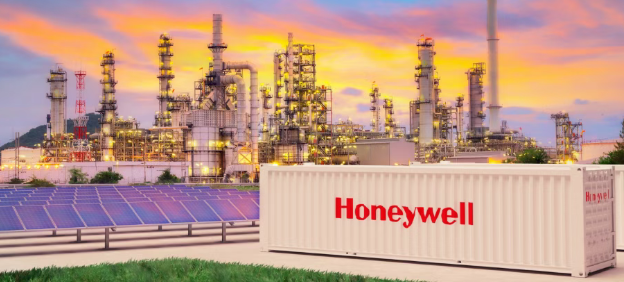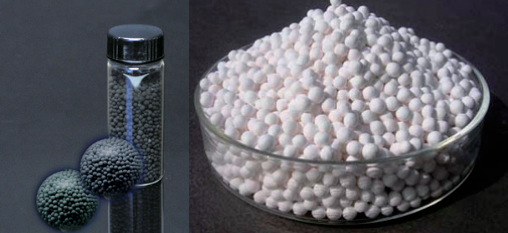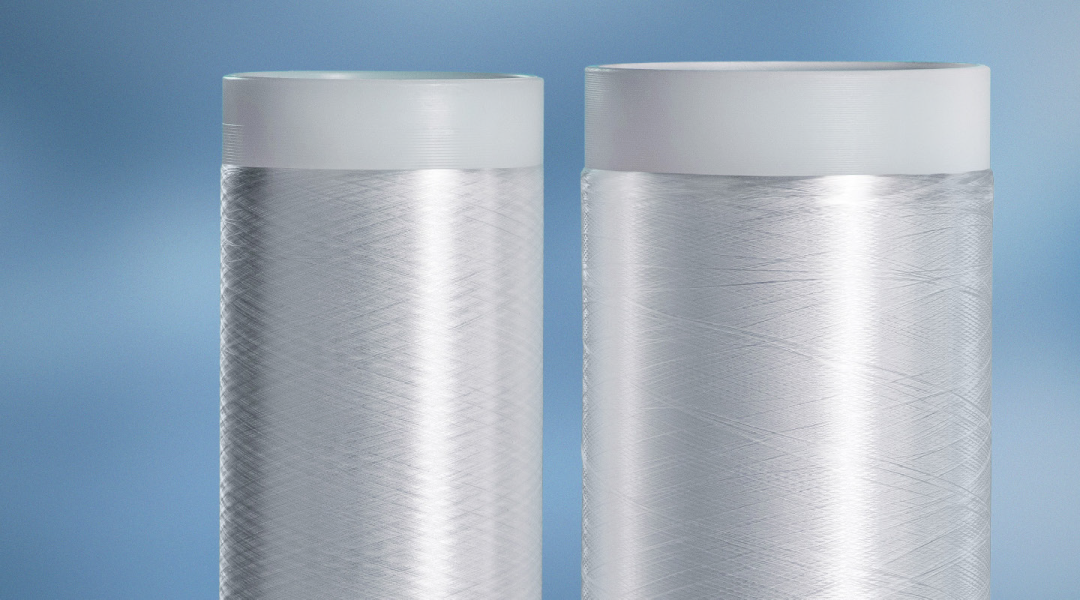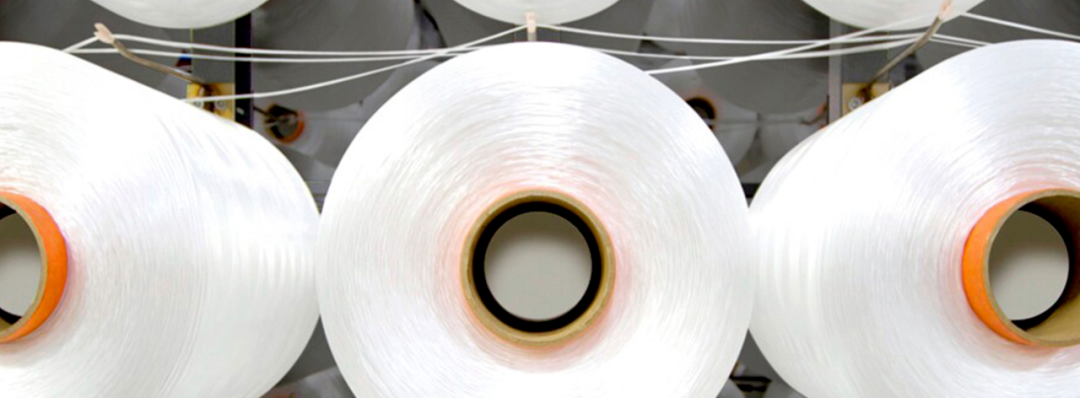Restructuring and Spinoff, Giant Lays Off Nearly 1,600 Employees
According to the in-depth analysis of Honeywell's latest disclosed financial report, the industrial giant paid severance fees totaling up to $136 million (nearly 970 million RMB) throughout 2024, involving the reduction of at least 1,589 job positions. The trajectory of these layoffs has surfaced completely for the first time. This organizational restructuring, hidden behind the financial figures, not only reveals the significant costs of corporate transformation but also reflects the true price industrial giants pay during strategic adjustments.
According to Honeywell's latest disclosure of financial data for 2024-2025, the ongoing 18-month organizational restructuring has formed a complete data portrait for the first time: a total of $136 million in severance payments for 2024, involving at least 1,589 job cuts, with $38 million in severance payments in the third quarter corresponding to 727 positions and a peak of $45 million in the fourth quarter, setting a record for the highest in a single quarter. Entering 2025, the pace of layoffs significantly slowed — $24 million in severance payments in the first quarter involving 713 positions, plummeting to $3 million in the second quarter, affecting only 149 positions. This "cliff-like drop" trajectory clearly outlines the complete transformation cycle from the peak in the second half of 2024 to the conclusion in the first half of 2025.

The disclosed data shows that the industrial automation and aerospace sectors are the core of this adjustment. The financial report for the fourth quarter of 2024 indicates that sales in the industrial automation business fell by 5% due to the weakness in global manufacturing. Meanwhile, the aerospace technology sector achieved an organic growth of 10.7%, but the department's profit margin still shrank to 25.5%. Notably, the Smart Building Technology Group achieved a counter-trend growth of 7% in the second quarter of 2025, with sales reaching $1.826 billion, partially offsetting the pressure of adjustments in the industrial sector. The company particularly emphasized that the $27 million severance pay in the first half of 2025 is part of the ongoing “productivity and functional transformation” initiative, suggesting that the layoffs are not merely a cost-cutting measure but a key step in strategic restructuring.
Honeywell Chairman and CEO Darius Adamczyk clearly stated that this round of layoffs is a "strategic restructuring for the future." Industry analysts point out that compared to the aggressive approach of laying off nearly 20% of employees after the stock market crash in 2000, the experience of maintaining 20,000 jobs through a furlough system during the Great Recession of 2008 proves that "layoffs are not the only way to reduce labor costs." In this transformation, the company achieves strategic upgrades through business portfolio optimization—announcing the spin-off of its automation and aerospace businesses in July 2025, forming three independent publicly listed companies, with completion expected in the second half of 2026. This "spin-off restructuring" model provides a new paradigm for the transformation of industrial giants.
Financial report data reveals the growth logic behind the transformation: In the second quarter of 2025, the Energy and Sustainable Development Solutions segment achieved sales of $1.837 billion, a year-on-year increase of 14.5%, making it the fastest-growing business unit. The demand for hydrogen energy, carbon capture technology, and liquefied natural gas equipment surged, particularly after the acquisition of Sundyne, which reduced hydrogen transmission costs by 30%. It is expected that revenue from the hydrogen business will exceed $3 billion in 2025. The Aerospace segment saw a 12% increase in revenue from commercial aviation products and services, and an 8% growth in defense business, showcasing strong resilience in the high-end manufacturing sector.
Based on the better-than-expected performance in the second quarter, Honeywell has raised its full-year guidance for 2025: sales are expected to be $40.8-41.3 billion, adjusted earnings per share are projected to be $10.45-10.65, and free cash flow is estimated at $5.4-5.8 billion.
Honeywell was founded in 1885 and produces a wide range of products from household thermostats to aircraft landing gear. Its current business is divided into four major segments: Aerospace, Building Technologies, Performance Materials and Technologies, and Safety and Productivity Solutions.
Honeywell is one of the few large industrial groups in the United States that still maintains its integrity. In the early 21st century, a merger between Honeywell and General Electric failed. Now, General Electric has completed a historic split this April, establishing three independent publicly listed companies, each focusing on different businesses: healthcare, energy, and aviation. This split reflects that the management model of conglomerates is no longer applicable today.
In the vast field of life and health, Honeywell is also extensively involved, and as one of Honeywell's key development areas, the company has increased its investment in the life and health sector in recent years.
For example, automation solutions in production to digital solutions; pharmaceutical packaging; quality systems for pharmaceutical companies, with approximately 60% of pharmaceutical companies worldwide using Honeywell's systems; chemicals and reagents for research and development, providing crucial support for the most important stages of R&D in the pharmaceutical industry. Comprehensive solutions are available from pharmaceutical R&D to production, and then to later regulatory stages.
On September 14, 2021, in the medical equipment field, Honeywell announced the signing of a long-term cooperation agreement with Jiangsu Yuyue Medical Equipment Co., Ltd. Through joint efforts, the two parties aim to meet the global market demand for oxygen concentrators.
Yuwell is an important partner of Honeywell UOP in the field of high-performance oxygen production molecular sieve technology. According to the long-term cooperation agreement signed this time, both parties will commit to serving the global oxygen concentrator market with high-performance molecular sieve solutions, benefiting more users.

Honeywell UOP is one of the pioneers in the field of catalysts and adsorbents. As early as the early 1950s, it synthesized molecular sieves artificially in the laboratory and commercialized them. Over 70 years of technological development, Honeywell has continuously developed and improved the performance of molecular sieves according to the needs of various application fields.
In addition to product development, UOP's research center in China is equipped with high-performance Pressure Swing Adsorption (PSA) testing and simulation technology to help customers quickly adjust to the most suitable operating parameters, save product debugging time, and ensure that the output oxygen concentration meets medical and health requirements.
In addition, Honeywell's medical fiber product line is also widely used in the cardiovascular and orthopedic device fields and has been introduced to the Chinese market. To meet the special needs of cardiovascular devices, Honeywell has launched Spectra® UF medical fibers, available in ultra-fine specifications of 10 and 25 denier, offering the advantages of being both stronger and finer, making them an ideal choice for creating cardiovascular devices.

Spectra® UF medical fibers are made of 100% ultra-high molecular weight polyethylene (UHMWPE), which has a strength 15 times that of steel of the same weight and 3 times that of polyester fibers of the same volume. This series offers a variety of specifications ranging from 110 denier to 10 denier, and can be shaped into various fabric structures such as strips, tubes, and sheets. It is used in the design of reinforced implantable cardiovascular devices, finding good applications in high-pressure balloons, vascular stents, medical catheters, and sutures in cardiovascular devices.
In addition to Spectra® UF medical fibers, Honeywell's Spectra® MG medical fibers also demonstrate excellent compatibility with medical devices. This series offers a variety of specifications ranging from 483 denier to 110 denier, and is available in white and blue colors.

In the field of orthopedics represented by sports medicine, ultra-high molecular weight polyethylene has proven its effectiveness. The high strength and low elongation make Spectra® MG medical fibers an ideal choice for developing orthopedic sutures and products for anterior and posterior cruciate ligament (ACL/PCL) reconstruction. This material is used for the fixation of ligament replacements during knee surgeries, providing strength and hardness. It is also an ideal material for manufacturing new heart valves, cardiovascular sutures, and leaflets.
This $136 million layoff storm, involving 1,589 positions, ultimately completed a comprehensive record of the transformation cost for the industrial empire through a spin-off strategy. It not only reveals the true cost of corporate transformation but also demonstrates the inevitable path for traditional industrial giants to drive strategic upgrades through organizational restructuring under the dual drive of energy transformation and the AI revolution. What profound impact will this transformation have on Honeywell's medical-related layout and development? We at Qixiejia will continue to pay close attention.
【Copyright and Disclaimer】The above information is collected and organized by PlastMatch. The copyright belongs to the original author. This article is reprinted for the purpose of providing more information, and it does not imply that PlastMatch endorses the views expressed in the article or guarantees its accuracy. If there are any errors in the source attribution or if your legitimate rights have been infringed, please contact us, and we will promptly correct or remove the content. If other media, websites, or individuals use the aforementioned content, they must clearly indicate the original source and origin of the work and assume legal responsibility on their own.
Most Popular
-

BASF Signs Another Giant: Covestro Already Set Up, Just Missing Wanhua Chemical?
-

DuPont plans to sell Nomex and Kevlar brands for $2 billion! Covestro Declares Force Majeure on TDI / oTDA-based / Polyether Polyol; GAC Group Enters UK Market
-

Clariant Unveils Cost-Cutting Plan Details, Plans to Shut Down Multiple Plants
-

ExxonMobil Plans to Close UK Ethylene Plant; GPI's Revenue & Profit Both Decline! Haitian's Serbia Base Enters Mass Production
-

Ministry Of Commerce Releases Implementation Opinions On Green Trade, Focusing On Import And Export Of Biodegradable Materials And Other Products






